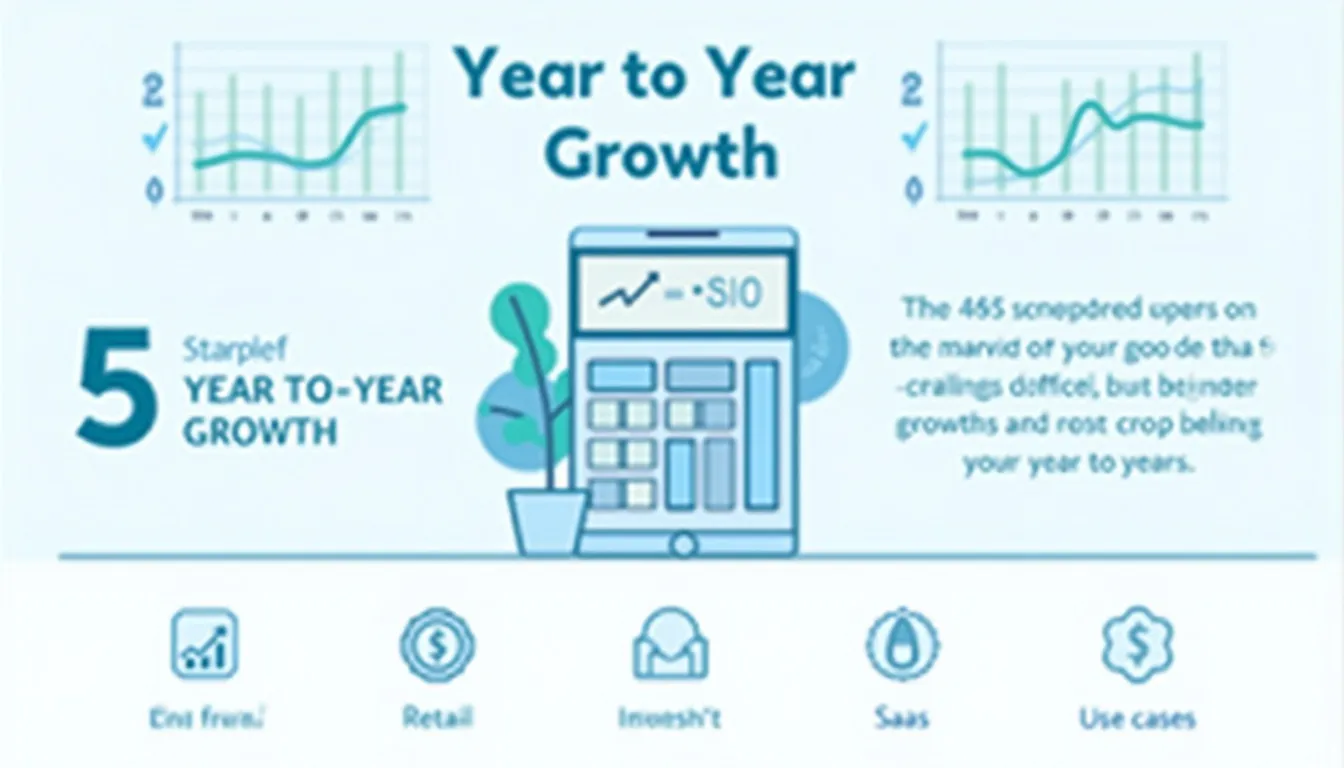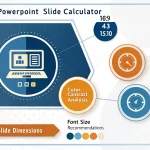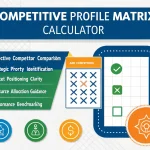Year-to-Year Growth Calculator
Is this tool helpful?
How to use the tool
- Later-period value – type the most recent figure, e.g., $150 000 or $48 000.
- Earlier-period value – enter the comparable past number, e.g., $130 000 or $52 000.
- Press “Calculate Growth” to see the percentage change; positive means expansion, negative means contraction.
Formula
Year-over-Year Growth
$$\text{YoY} = rac{\text{Later} – \text{Earlier}}{\text{Earlier}} \times 100\%$$
Example A
- Later = $150 000, Earlier = $130 000
- $$ rac{150\,000-130\,000}{130\,000}\times100\% = 15.38\%$$
Example B
- Later = $48 000, Earlier = $52 000
- $$ rac{48\,000-52\,000}{52\,000}\times100\% = -7.69\%$$
Quick-Facts
- YoY removes seasonality by comparing identical periods (Corporate Finance Institute, 2022).
- Mature firms aim for 5-10 % annual growth; startups push for 50 %+ (KPMG Global Tech Report, 2023).
- Division by zero occurs if the earlier value equals 0 (ISO 80000-2, 2019).
- Global GDP CAGR was 3.4 % from 2010-2020 (World Bank Data, 2021).
- “Real growth equals nominal growth minus inflation” (BLS CPI Handbook, 2022).
FAQ
What is year-over-year growth?
YoY growth measures the percentage change between the same period in two consecutive years, giving a clear trend free of seasonal swings (Investopedia, 2023).
Why compare identical periods?
Matching quarters or months cancels cyclical effects—retail sees holiday spikes, agriculture sees harvest peaks—so like-for-like data stays comparable (Harvard Business Review, 2022).
What counts as healthy growth?
Growth above sector averages and inflation—roughly 5-10 % for established firms—is considered healthy, while anything below inflation erodes real gains (PwC Annual CEO Survey, 2023).
How do I read negative results?
A negative YoY shows contraction; a −7 % drop means current output is 7 % below last year’s level, signaling cost reviews or strategy shifts (McKinsey Insights, 2022).
Can I use this for non-financial data?
Yes—apply the same formula to website visits, energy output, or headcount; any numeric series works (Google Analytics Help, 2023).
How does YoY differ from CAGR?
YoY is a single-year snapshot; CAGR smooths multi-year growth through compounding: $$\text{CAGR} = \left( rac{\text{End}}{\text{Start}}\right)^{1/n}-1$$ (Morningstar Methodology, 2022).
How often should I update inputs?
Feed new data as soon as a reporting period ends; timely updates keep trend lines current and support faster decisions (Deloitte CFO Signals, 2023).
What if the earlier value is zero?
The formula breaks because you divide by zero; instead, list the absolute change or wait until a second full period exists (OECD Statistics Guidelines, 2022).
Important Disclaimer
The calculations, results, and content provided by our tools are not guaranteed to be accurate, complete, or reliable. Users are responsible for verifying and interpreting the results. Our content and tools may contain errors, biases, or inconsistencies. Do not enter personal data, sensitive information, or personally identifiable information in our web forms or tools. Such data entry violates our terms of service and may result in unauthorized disclosure to third parties. We reserve the right to save inputs and outputs from our tools for the purposes of error debugging, bias identification, and performance improvement. External companies providing AI models used in our tools may also save and process data in accordance with their own policies. By using our tools, you consent to this data collection and processing. We reserve the right to limit the usage of our tools based on current usability factors.







